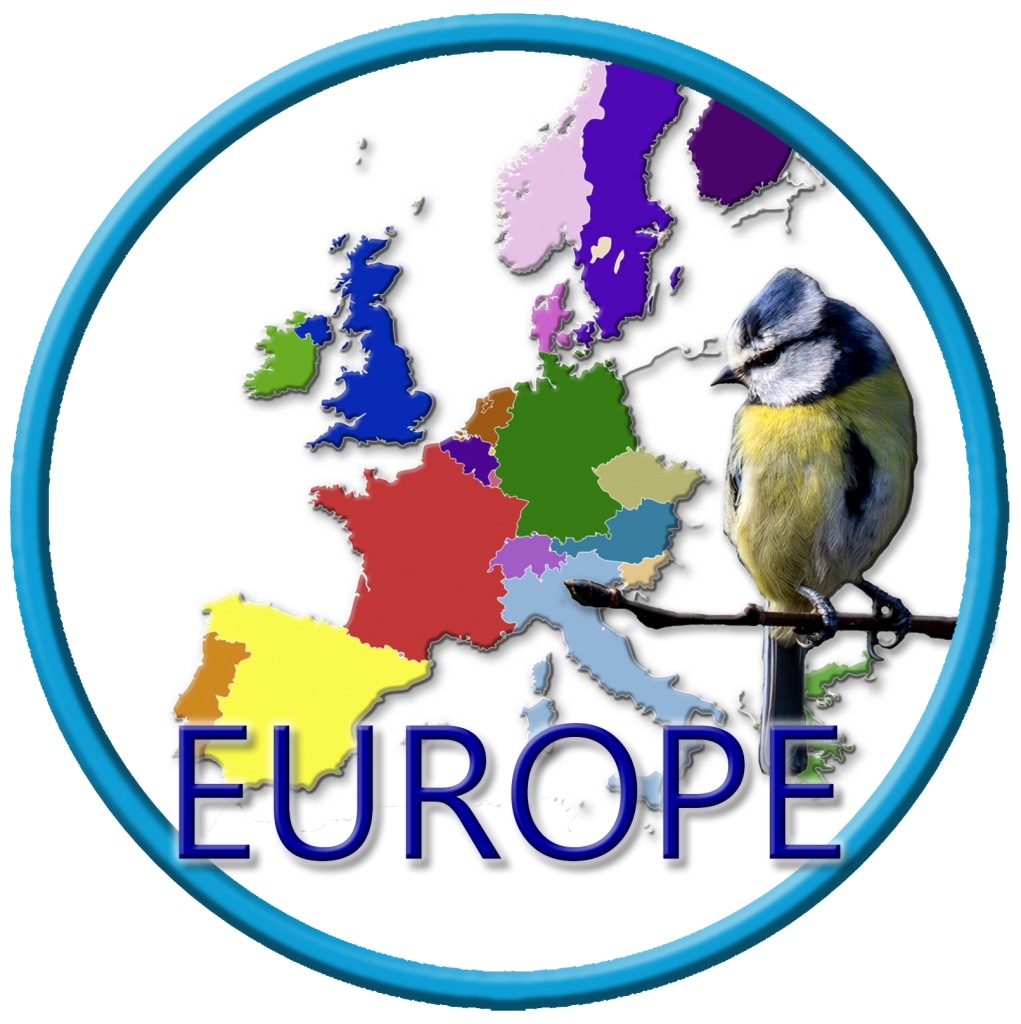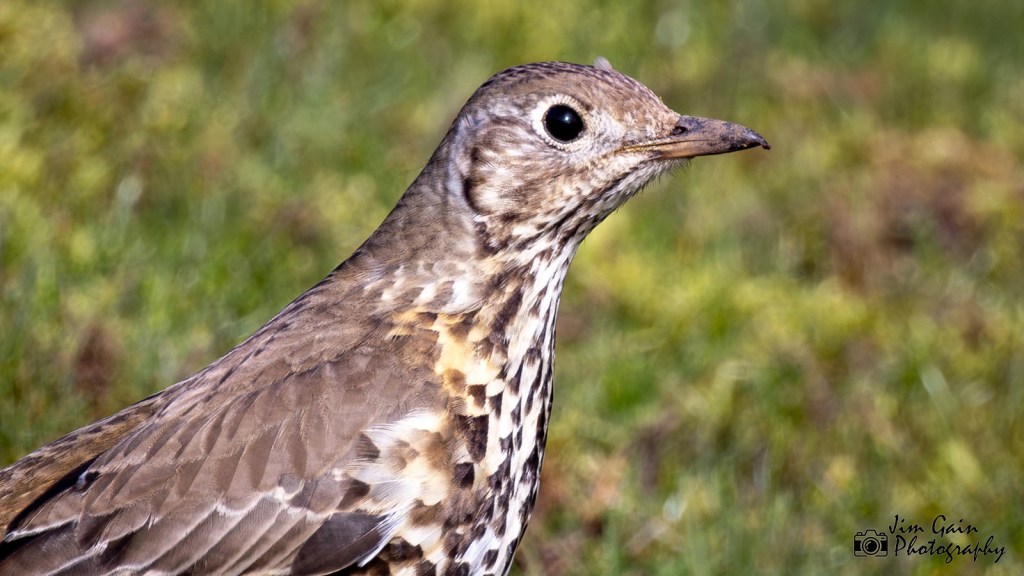
Western Europe Birds & Birding (#44/52): From the Highland Willow Scrub of Scotland to the Aegean Islands in the Sea of Crete, Western Europe is home to over 800 resident, migratory and vagrant birds. From songbirds to gamebirds and from waterfowl to raptors, you can find birds virtually in every nook and cranny of this beautiful area. *All images showcased in this blog series were taken and edited by me.
A Reflections of the Natural World Blog Post Series by Jim Gain
**The Mistle Thrush (Turdus viscivorus) is a red (high concern) species in the UK, protected by the Wildlife and Countryside Act 1981. Its population has been declining since the 1970s, and in 2015 it was moved from the amber to the red list of Birds of Conservation Concern due to the worsening decline.

Physical Characteristics:
The Mistle Thrush is a robust bird with a plump body. Its plumage is predominantly gray-brown, and it exhibits a white underbelly. The distinctive feature of this thrush is its white outer tail feathers, which are visible during flight. When perched, it often stands erect, displaying a confident posture. Its song is melodious, and it can be heard echoing through woodlands and gardens.

Diet:
The Mistle Thrush is an omnivore with a varied diet. It feeds on insects, earthworms, and berries. During the winter months, it relies heavily on berries, especially those of the mistletoe plant (hence its name). It is also known to consume snails, spiders, and small vertebrates.

Abundance and Distribution:
- The Mistle Thrush is widespread across Europe, including the British Isles.
- It inhabits a variety of habitats, such as woodlands, parks, and gardens.
- In the UK, it is found throughout Britain and Ireland, except for the Northern and Western Isles.
- However, its population has experienced a decline since the late 1970s.

IUCN Red List Status:
The International Union for Conservation of Nature (IUCN) classifies the Mistle Thrush as Least Concern. This designation is due to its high numbers and extensive range. Nevertheless, there has been a small decline in recent decades, possibly linked to changes in agricultural practices.
**In the UK, it is classified as a red species and is protected by the Wildlife and Countryside Act 1981. The cause of its decline is not fully understood, but it may be associated with habitat degradation in farmland.
For more information, you can explore the IUCN Red List and learn about the conservation status of various species.

MISTLE THRUSH WAS LIFER #1063


Leave a comment